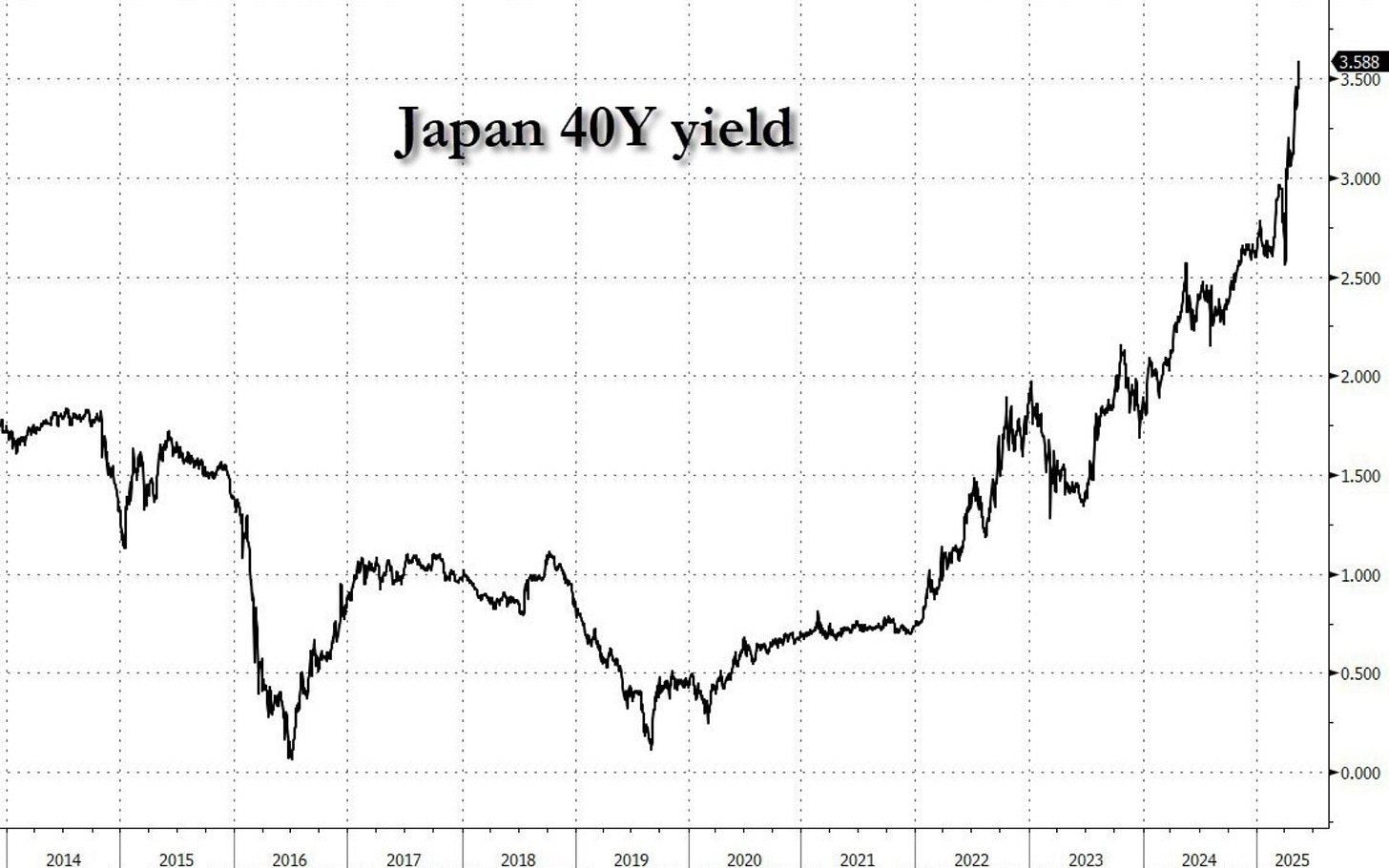Did the Global Economy Just Have an Acute Heart Attack? Why Bond Markets, Japan, and Liquidity May Define the Rest of 2025
Emergency Wealth Matters 3.0 Briefing| May 20, 2025
Keep reading with a 7-day free trial
Subscribe to Wealth Matters 3.0 to keep reading this post and get 7 days of free access to the full post archives.


